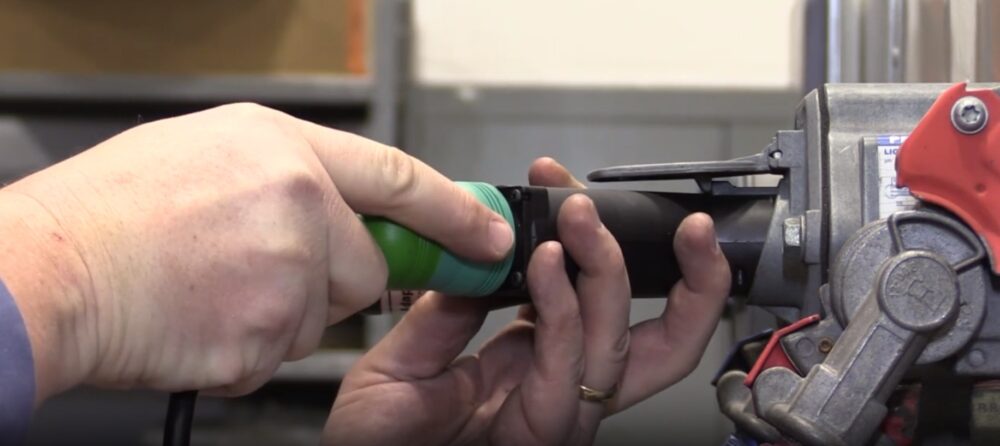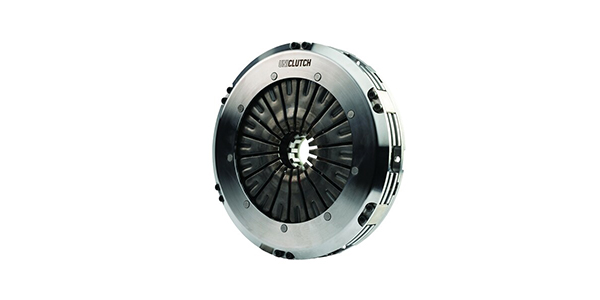1. Cordless Tools Are Not As Powerful As Air Tools
This is false for the majority of cordless tool categories. Most cordless tools are just as powerful as air or corded tools. Compare the specs; you might be surprised! Take impact wrenches for example, apples-to-apples, some professional cordless tools can match and exceed maximum or break away torque of similar 3/8” or 1/2” air impacts. Check the specs.
2. Batteries Are Batteries
What batteries are made of and their construction matters in how they store and deliver power to the attached tool. In the past five years, the cordless tool market has moved from nickel-metal hydride to lithium-ion batteries. Lithium-ion batteries will last significantly longer and offer better performance over nickel-metal hydride packs. Lithium-ion batteries are also lighter and can pack more energy into a smaller package than nickel-metal hydride battery packs. Also, lithium-ion batteries can be cycled more than conventional batteries.
3. More Volts Are Better
More is not necessarily better when it comes to volts and certain cordless tools. More volts are needed to power tools like hammer drills and circular saws, but cordless impacts may not need the volts. What really matters is torque, run time and amp/hours in the battery. Some cheap tools can claim they have 24 volts, but an 18- or 12-volt model may have considerably more torque, runtime and energy capacity. Always check the specs.
4. All Chargers Are the Same
False. Some chargers have more computing power than the Apollo lunar lander. Lithium-ion and some nickel-metal hydride chargers measure the resistance, volts and amps of a battery pack. They also can estimate the internal temperature of a battery pack. The computer in the charger will use this information to deliver the best possible charge in the least amount of time. It is why chargers are becoming more expensive and why you should only use the manufacturer’s charger or charging system.
5. Battery Packs Just Have Batteries Inside
False. Some new lithium-ion battery packs have the charging system regulator inside the pack. Some are even including a fan that operates when the pack is charging or there is a heavy load on the battery. This also means that a charge indicator can be put on the battery.
6. Cordless Tools Take a Long Time To Charge
As chargers and batteries have become more intelligent, fast or rapid charges in 30 minutes are now possible. In the past, most batteries took eight to 12 hours to charge.
7. Cordless Tool Batteries Need To Be Conditioned
This is false for most new lithium-ion batteries. Most manufacturers do not recommend a conditioning regimen. While it is a good idea to fully charge a battery before you use it, it is not required. Some manufacturers even ship the battery fully charged. Most of the battery pack’s conditioning is typically performed by the charger. NiCad and nickel-metal hydride may require conditioning, so always check the manual.
8. It Is Possible To Overcharge a Battery Overnight
False. With most modern chargers and batteries, the charging cycle is regulated. When a battery is fully charged, the charger will intelligently keep the battery topped up for the next use while it is sitting on the charge.
9. A Battery Pack Is Dead When the Tool Stops Working
False. The key to getting the greatest life out of a battery pack is to stop when you first notice diminished performance. Using a battery pack until the last electron is drained from the cells can shorten the life of the pack and cause higher than normal temperatures inside the cells.
10. Cordless Tools Will Replace All Air and Corded Tools
False. Cordless tools have the main advantage of portability. But, some applications, environments and ergonomic situations are better suited for air or electric tools. Choose wisely, know your requirements.


